Supercritical CO$_2$ Power Cycle
Experiments and modelling to better understand an alternative to the steam cycle.
The sCO\(_2\) cycle is in many ways a better alternative to the steam cycle. During my PhD I designed and performed experiments with sCO\(_2\) heat transfer in simulated cooling tower conditions, as well as developed detailed cycle off-design numerical predictive models.
Check out the related publications and thesis for further information [1], [2], [3], [4]
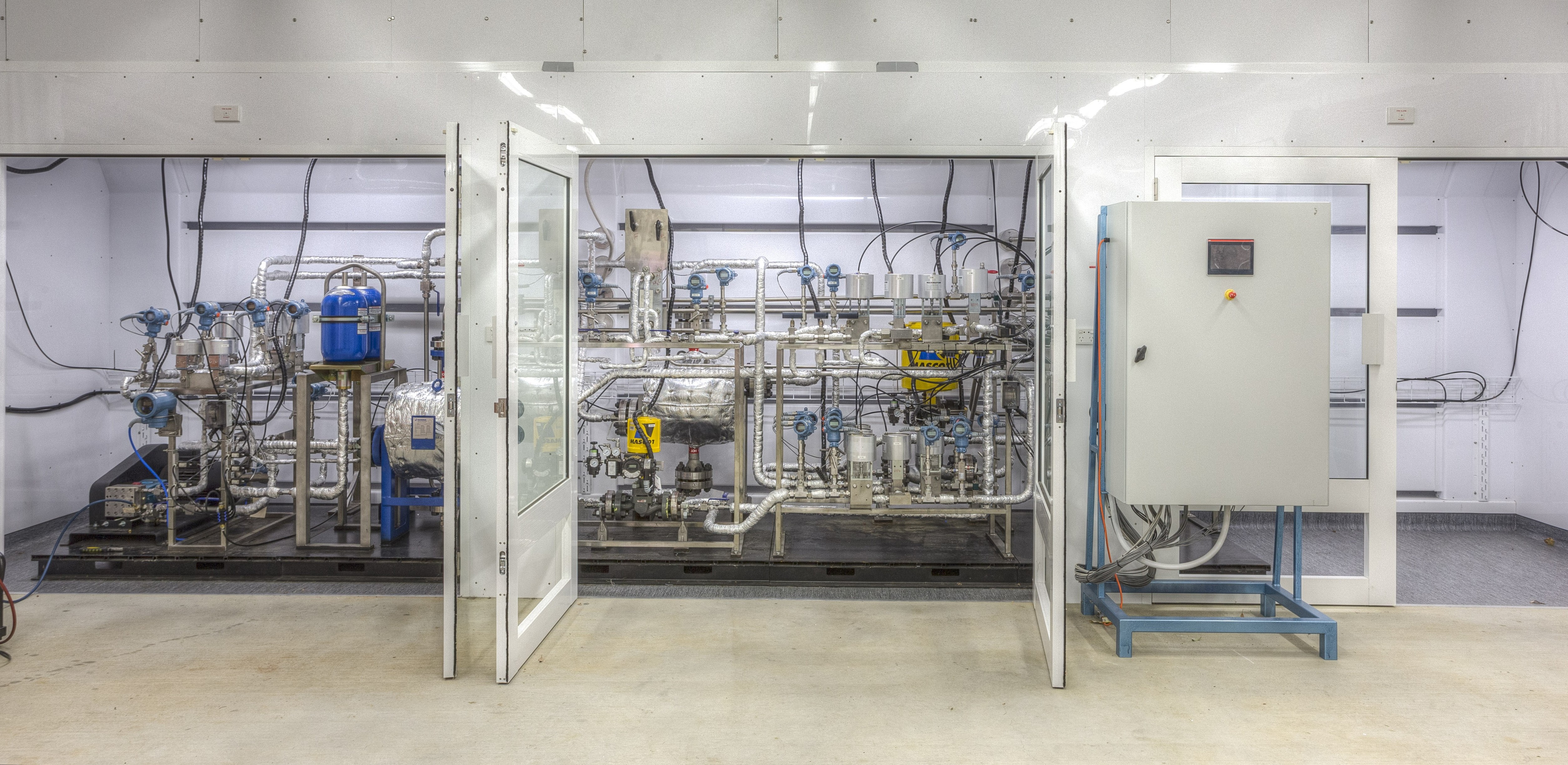
The supercritical fluid loop at the University of Queensland
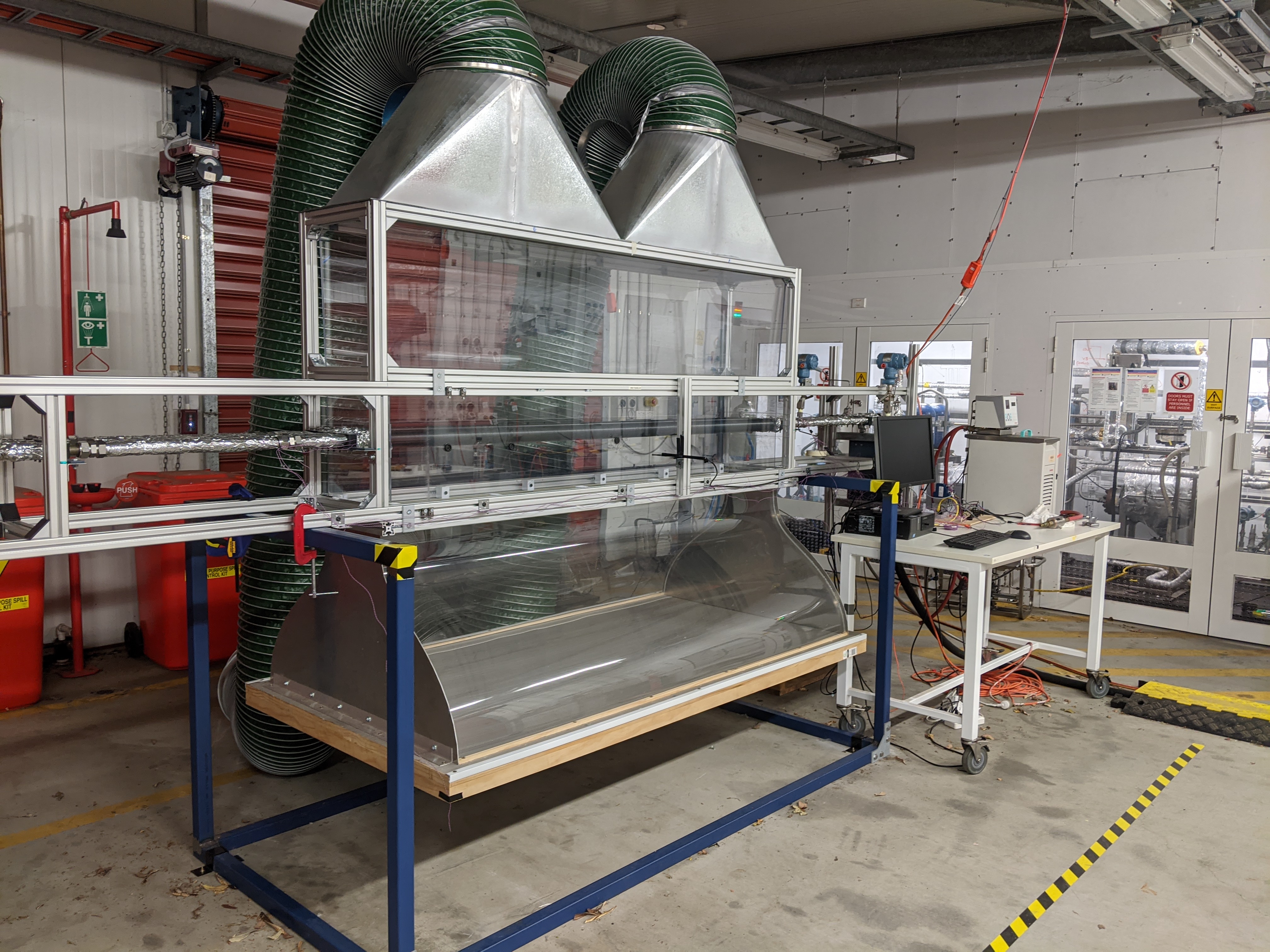
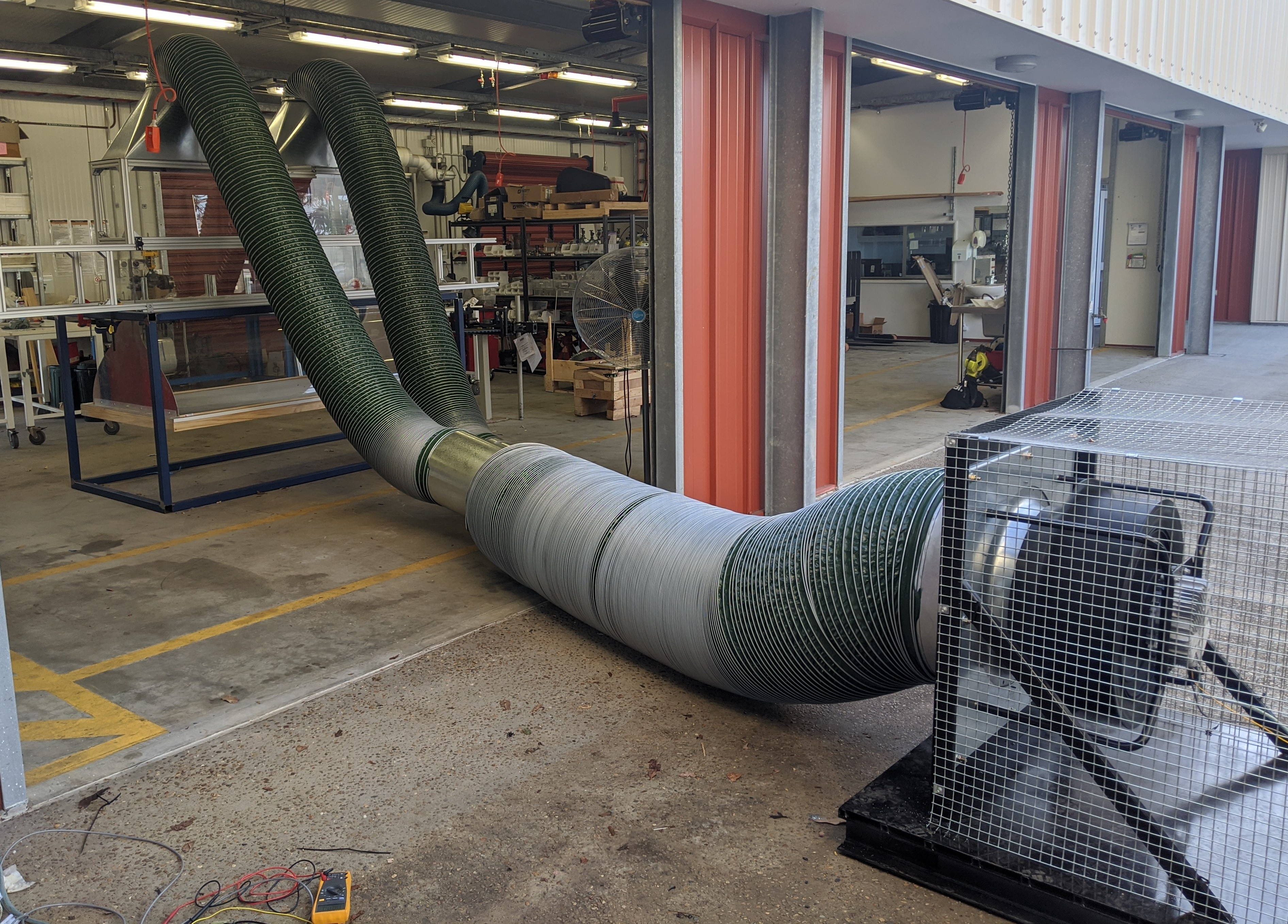
Wind tunnel and heat exchanger designed and constructed in my PhD to simulate conditions in dry cooling towers
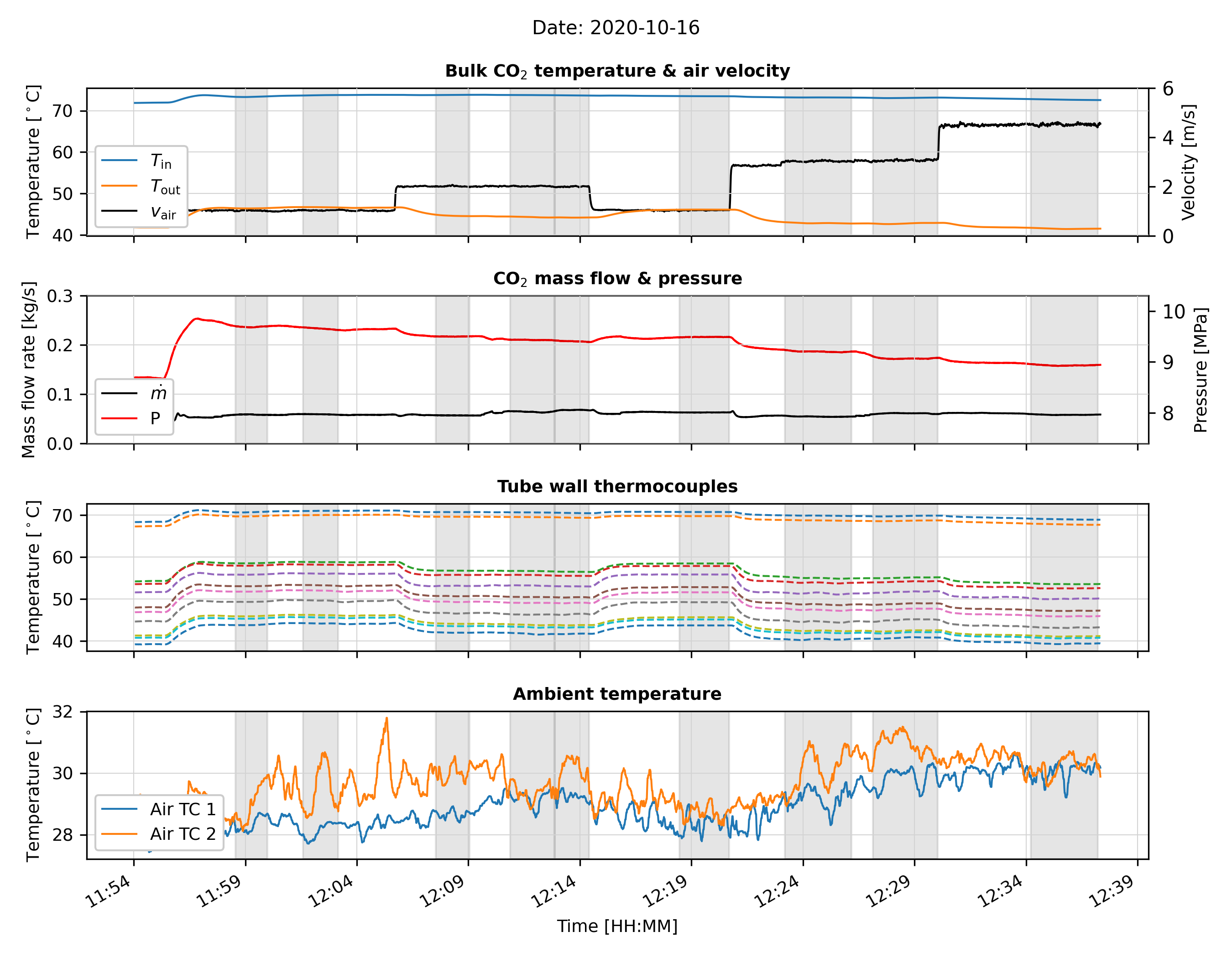
Example data trace from heat transfer experiments
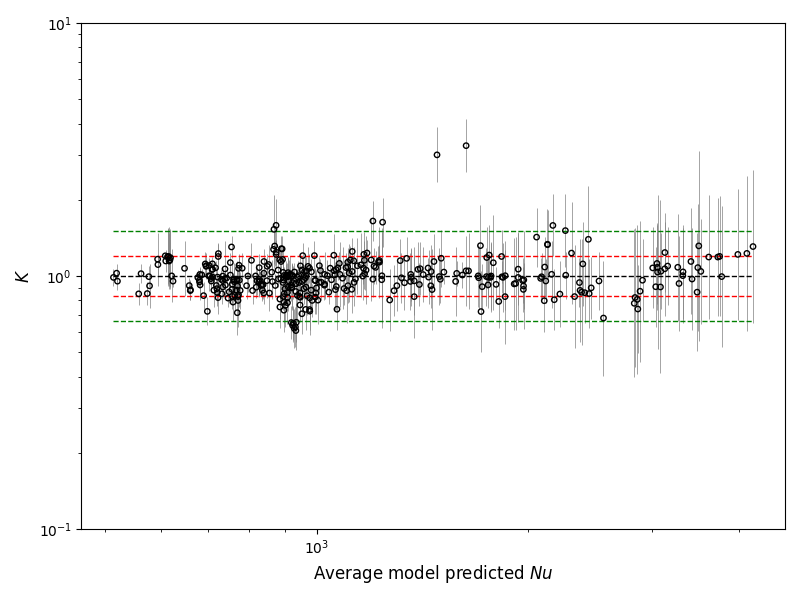
Using dimensional analysis and LASSO sparse regression to develop new heat transfer correlations. This proved highly effective for understanding which dimensionless numbers, out of hundreds of potential candidates, best describe the data.
A new heat transfer coefficient for sCO2 heat transfer under cooling tower conditions.
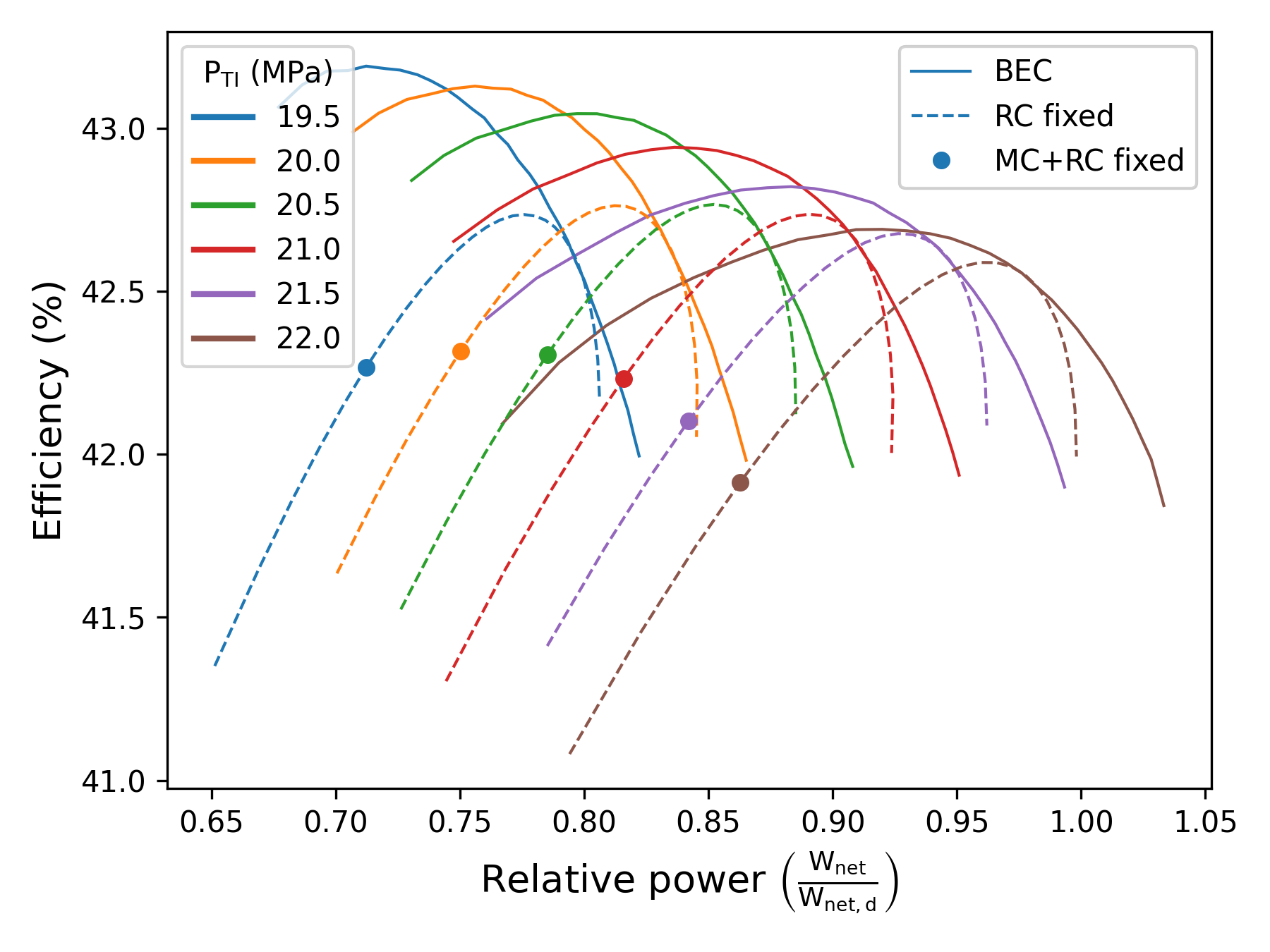
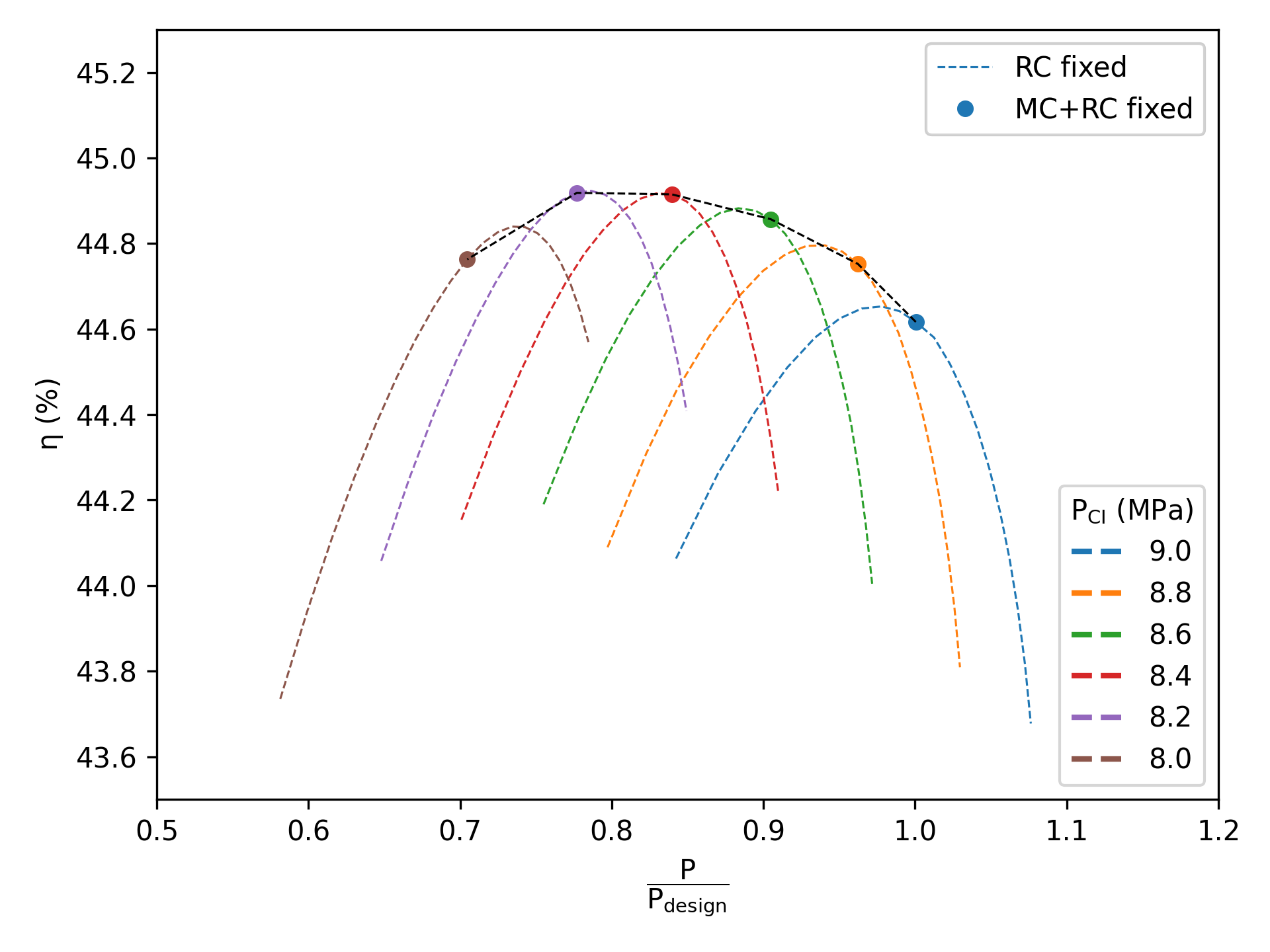
Modelling cycle off-design performance for various operating strategies and pressure set-points.Predicted using open-source off-design thermo-fluid analysis code developed during my PhD.
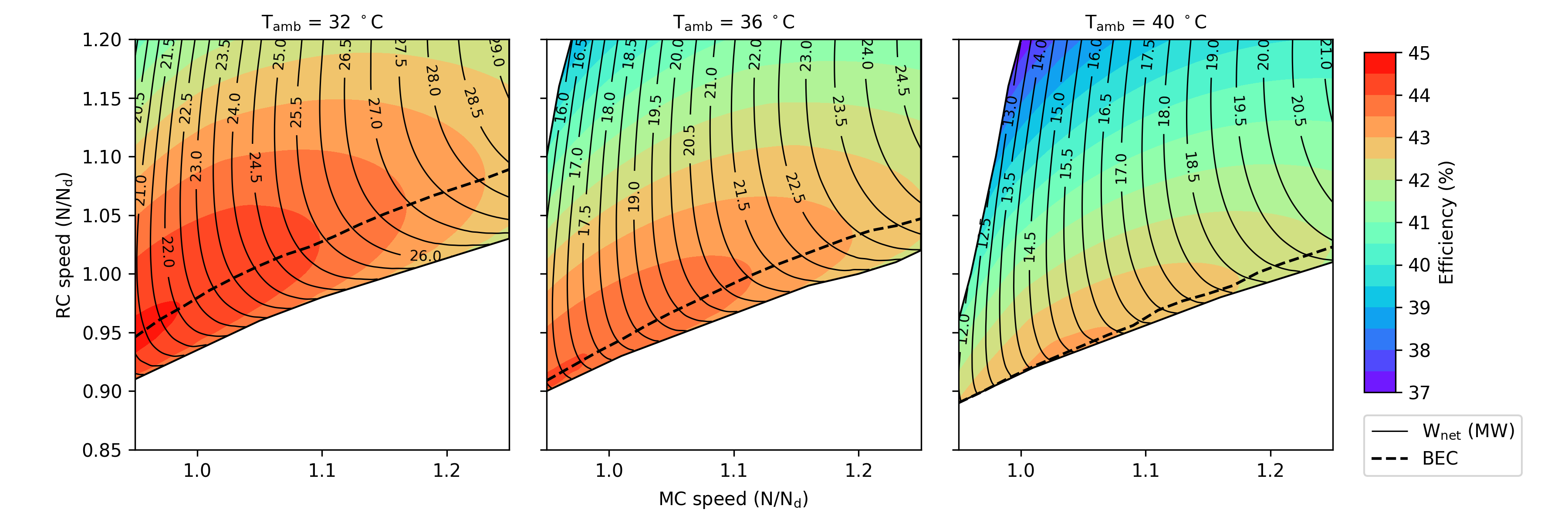
Off-design performance maps of the supercritical CO2 cycle at varying ambient temperatures. Predicted using open-source off-design thermo-fluid analysis code developed during my PhD.
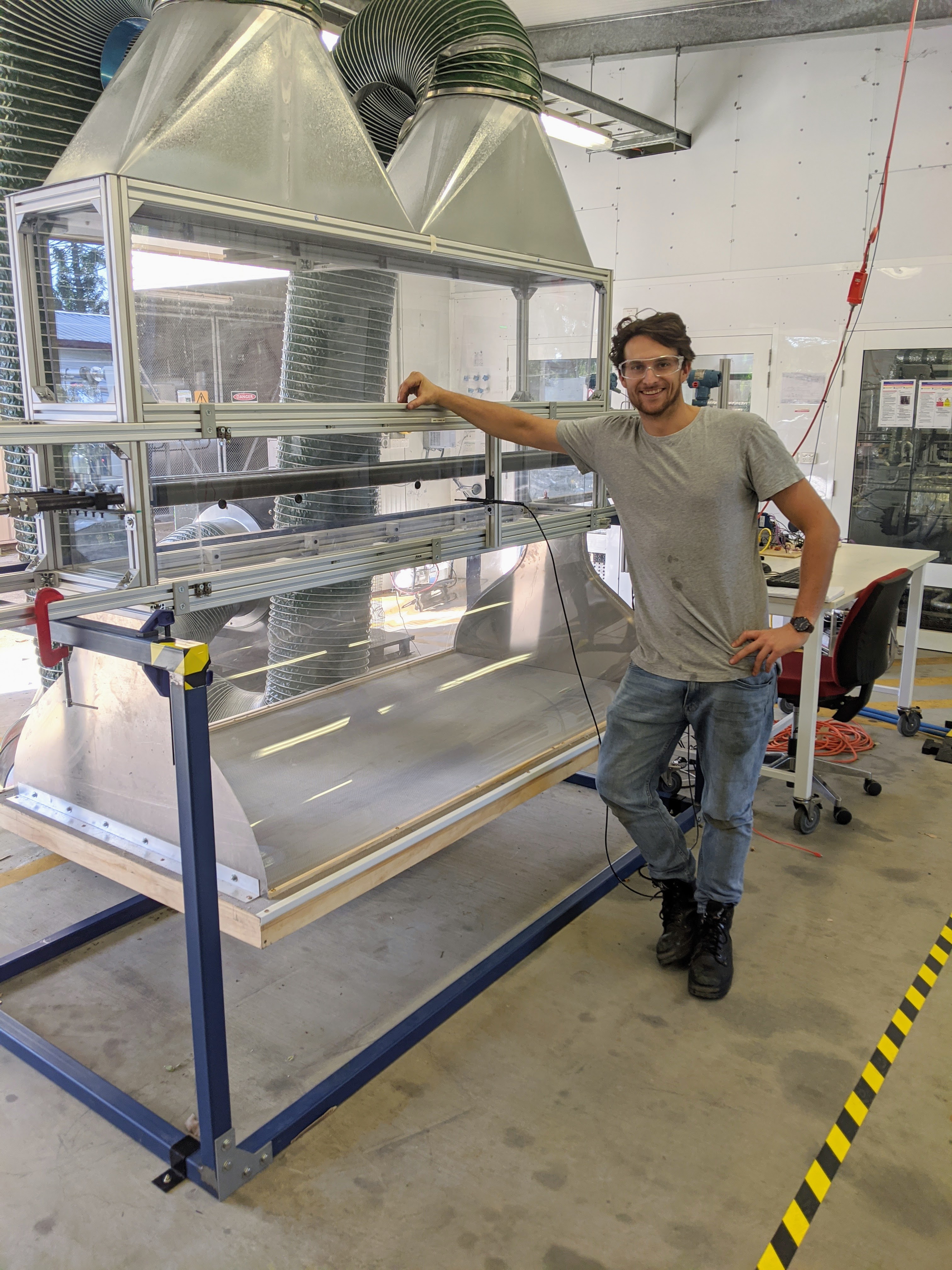
Me during the construction of the wind tunnel heat exchanger test assembly for my PhD (2020).
References
2023
- Thesis
2022
- JournalOff-design operation of the dry-cooled supercritical CO2 power cycleEnergy Conversion and Management, Jan 2022
2020
- Design and Testing of a Low-speed Rotating Wind TunnelIn 22nd Australasian Fluid Mechanics Conference, Jan 2020
2019
- JournalA detailed model of direct dry-cooling for the supercritical carbon dioxide Brayton power cycleApplied Thermal Engineering, Jan 2019